Copywriters who have been on the job for around ten years or more remember how much simpler it was back then. All we had to do was produce numerous more or less article-like pieces of texts staffed with keywords and feed them to the search engines. And search engines were like babies, and we were spoiling them by overfeeding. As a result, we have witnessed (and are still witnessing, in fact) these babies grow and develop more sophisticated and hard-to-please tastes. It takes more and more effort and resources to write copy that will effectively generate traffic. And today I will be helping you with the Copywriting Hacks to Boost Conversions.
As if that wasn’t enough, we also need to keep conversion in mind, because bold traffic makes little sense if it doesn’t generate leads. So, we have to please the search engines and the human readership alike. We are the ones responsible for the conversion rate. Well, since we are, we should keep some hacks in mind. Here is a humble list:
#1 Start them off with a killer headline
Obviously, the headline is the first thing that your reader sees about your article. So, the headline is the crucial element that influences the reader’s decision on whether to keep reading the article or just skip it like most of the web content. Of course, your reader will not reach you for the call to action (CTA) if she/he doesn’t get past the headline. So, how do we get such a headline?
- Numbers. Any factual data automatically makes information more credible.
- Language. It may take a little extra time for research, but you have to find out the EXACT vocabulary that your readership uses when talking about the issue that you are writing about.
- Emotions. This is a simple one. Emotions sell everywhere, in any niche, and to any public. So, don’t be dry.
- Arguments. It is clear by now that headlines with an argument attract more attention than headlines that make a statement. Remember coming up with argumentative essay topics for high school and college papers? Might be the right time to recall this experience.
#2 Tell a story
Imagine yourself watching TV – at best before there was the internet. You are watching your favourite show, and then it gets interrupted by a commercial break. The ads are quite informative and useful, but you still want them to end, so that you can keep watching the show. You find the commercials irritating, even though you know that a new insurance plan may be much more important than Jack and Jill’s romance. Why does that happen? Because all people like stories better than raw bits of information, they like to be told things and not just be informed, and it is a known fact. So, instead of just throwing information at your reader, it is better to wrap it into a nice story to read.
#3 Liven up your CTA
How hard can it be to get your reader to click your CTA thus converting them from ice-cold traffic to the desired lead? It gets more challenging every day. People hardly react to the lifeless and boring ‘buy now’ or ‘sign up here anymore. So, what should we do?
- Minimize the commitment. Ask the readers to do something small and simple. The classic example is ‘try for free’ denoting a free 30-day trial as opposed to a bold ‘buy now.’
- Individualize it. Don’t be generic, make your CTA as specific as it can get. For example, ‘join the 10,000 of our privileged fridge users.’
- Add the timing. People value time more than anything ever. So, why not accentuate how little time they need to spend with you? Just add “…in just a few moments,” “…in two clicks,” “…in three easy steps,” etc.
#4 Be straightforward about pricing
If you sell something, which you most likely do, be bold about it. State that a certain product or service has a certain price, and put this price tag in a visible place (or several). Openness and straightforwardness increase credibility. If you do the opposite, people are likely to regard it as hidden fees and upselling, which is irritating for them and counterproductive for you.
#5 Keep options to a minimum
That is, of course, not to say that we should leave our reader-client with no options to choose from whatsoever, we are not some evil dictators. Yet, we must keep as few options as possible. When a client comes in multiple choices with too many options, s/he experiences what is commonly called ‘analysis paralysis,’ which is not a pleasant feeling. This means that the person gets overwhelmed with the alternatives to choose from (often, to the point of stunning), which results in no decision being made at all: a lead is not generated. This is why the optimal number of options should not exceed 3-4.
#6 Remove distractions
Some people say that the Internet in itself is a distraction. This is arguable; still, one cannot but agree that the Internet is full of distractions. It is chaotic and unorganized. Browsing the web is much like an open ocean. Well, you can give a present to your reader in the form of an island of stability in this ocean by removing all and any unnecessary distractions from your landing page. This will make your reader feel calmer and, so to say, more secure, for which – have no doubt – they will be grateful. These distractions include but are not limited to the dreaded social icons. The benefits of social media presence have been known for a long time now, but you should not just blindly stuff all pages with Facebook and Instagram references. There has to be only directly relevant information.
#7 Be Negative
You have probably always tried to stay positive when writing, not to scare your reader off with false alarms. Well, now is the time to scare them a bit, just for motivation. Research shows that the fear of losing something is stronger than the will to gain something. So, the ‘don’t lose’ message will be more powerful than the ‘save’ message.
#8 Rely on testimonials
This one seems like a no-brainer, yet their value needs a little clarification. Not only do testimonials from actual clients make your information more credible. They also give your reader a perspective of someone who actually uses the product or service, someone from their side of the demand-supply relationship.
Suggested Post:
Guide to writing web copy that converts.
AI Versus Copywriters: Who Will Win the Battle in the Near Future.
It goes without saying that regardless of who actually writes the testimonials – the real client or the copywriter, you need to make sure that they sound credible. This can be achieved, for example, by the use of slang words that are hip in your social group today.
Like this:
Like Loading...





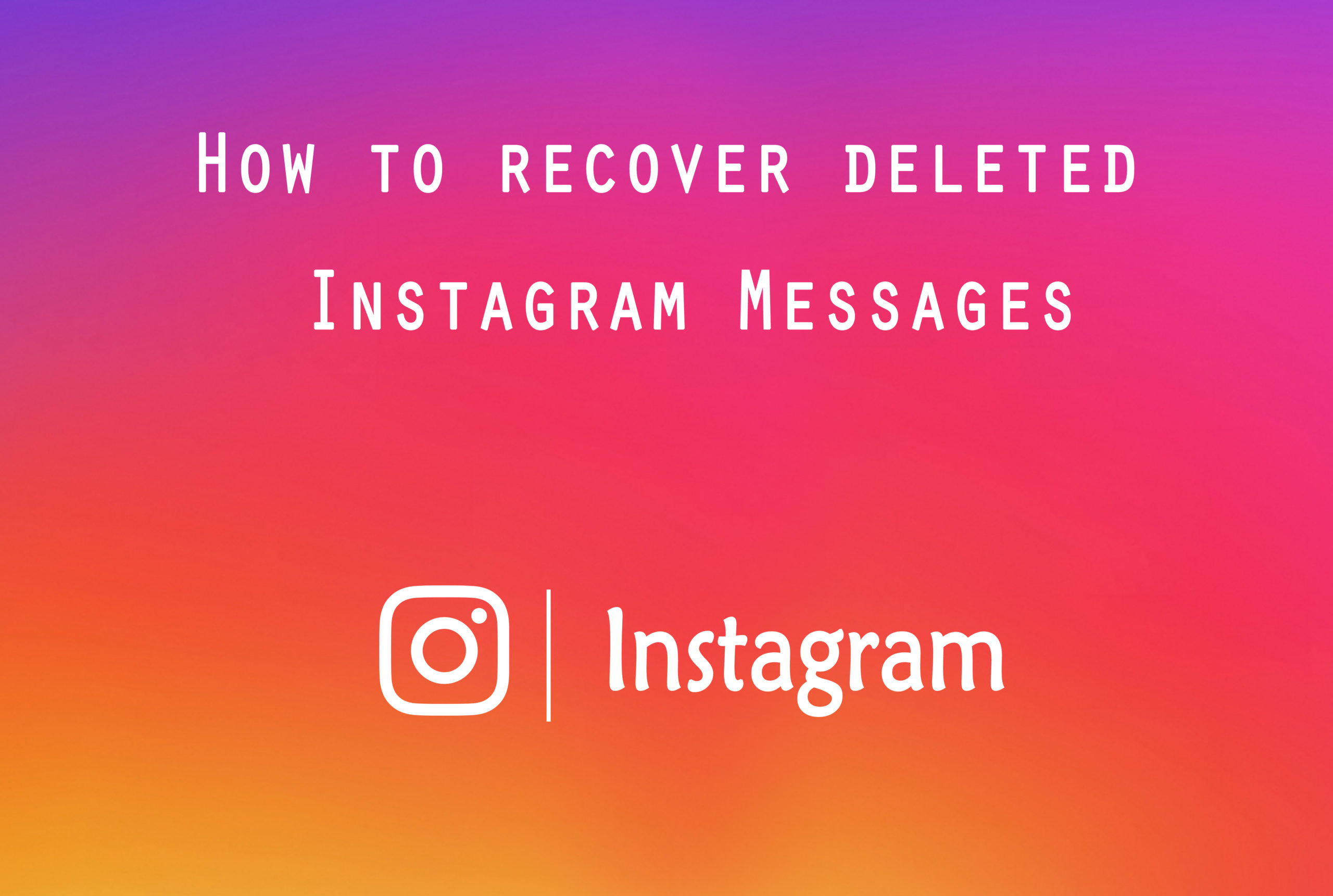

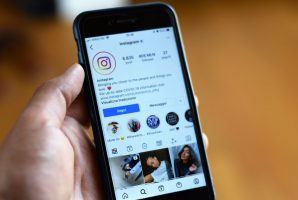
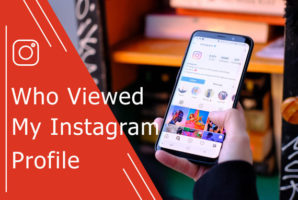
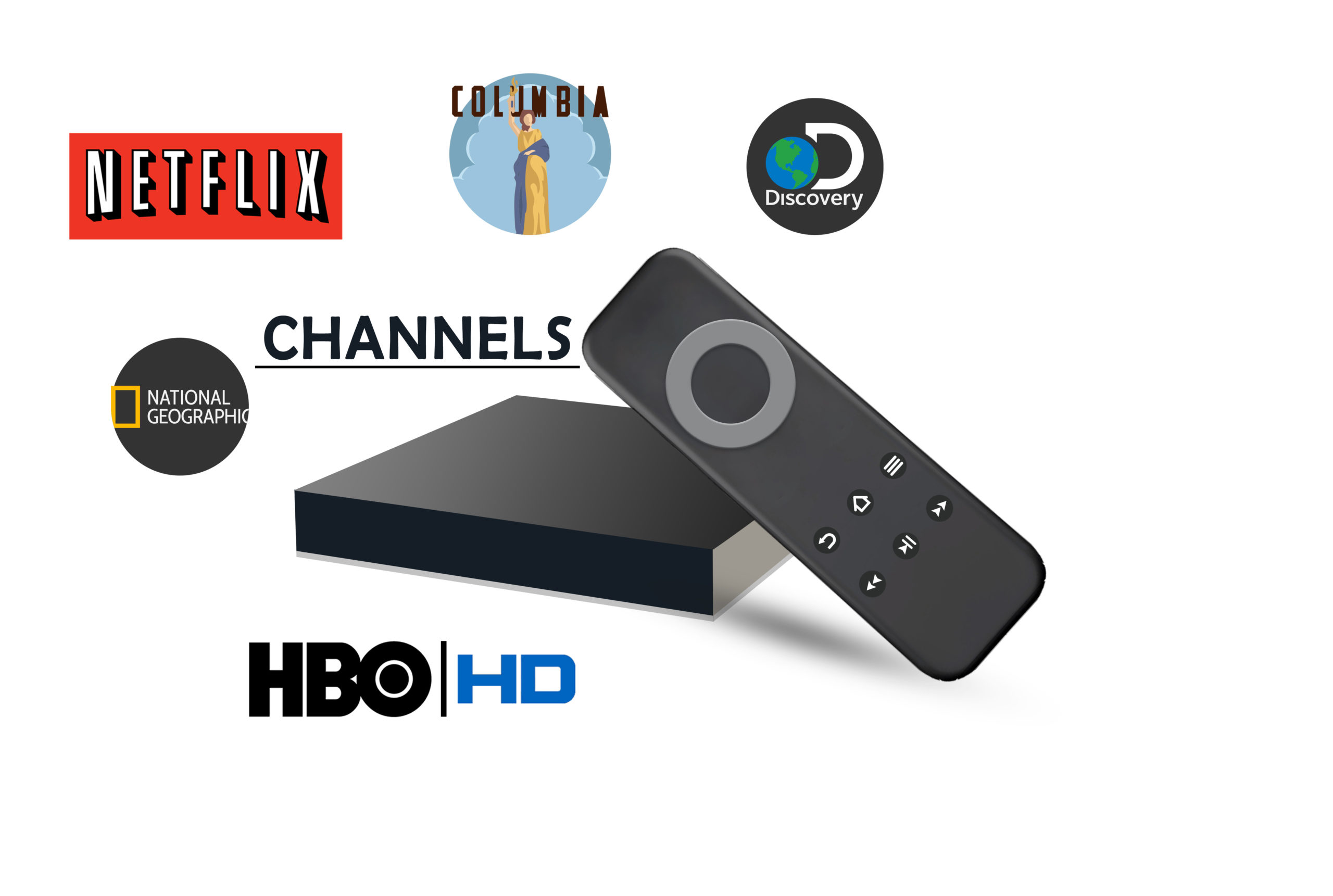
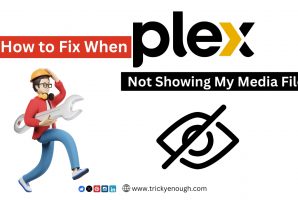

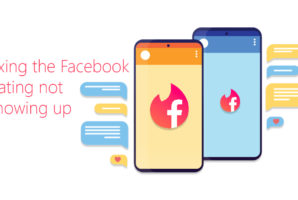
 How to Become a Respected Expert in Your Niche?
How to Become a Respected Expert in Your Niche?
Very nice site,keep on posting.
convincing article and sure the need of the hour thanks mate for the help and advice
You are welcome, Alisha
Thanks for sharing this great blog,keep on posting.
Hi
Thanks for sharing this good information.
keep it up good work.
Hi, Jahanzaib
Thanks for your comment!
Hi Sophia,
I dig the story telling advice.
Big fan of using this powerful copy-converting tool because everybody loves a good story, and I have plenty of travel stories to share, which I experienced in person. I usually tie these in to blogging tips via analogies although write some travel themed pages too on BFP.
All rocking tips here.
Thanks for sharing Sophia.
Ryan
Hi Ryan,
Thanks for your feedback, and happy to know my list will be useful.
Sophia